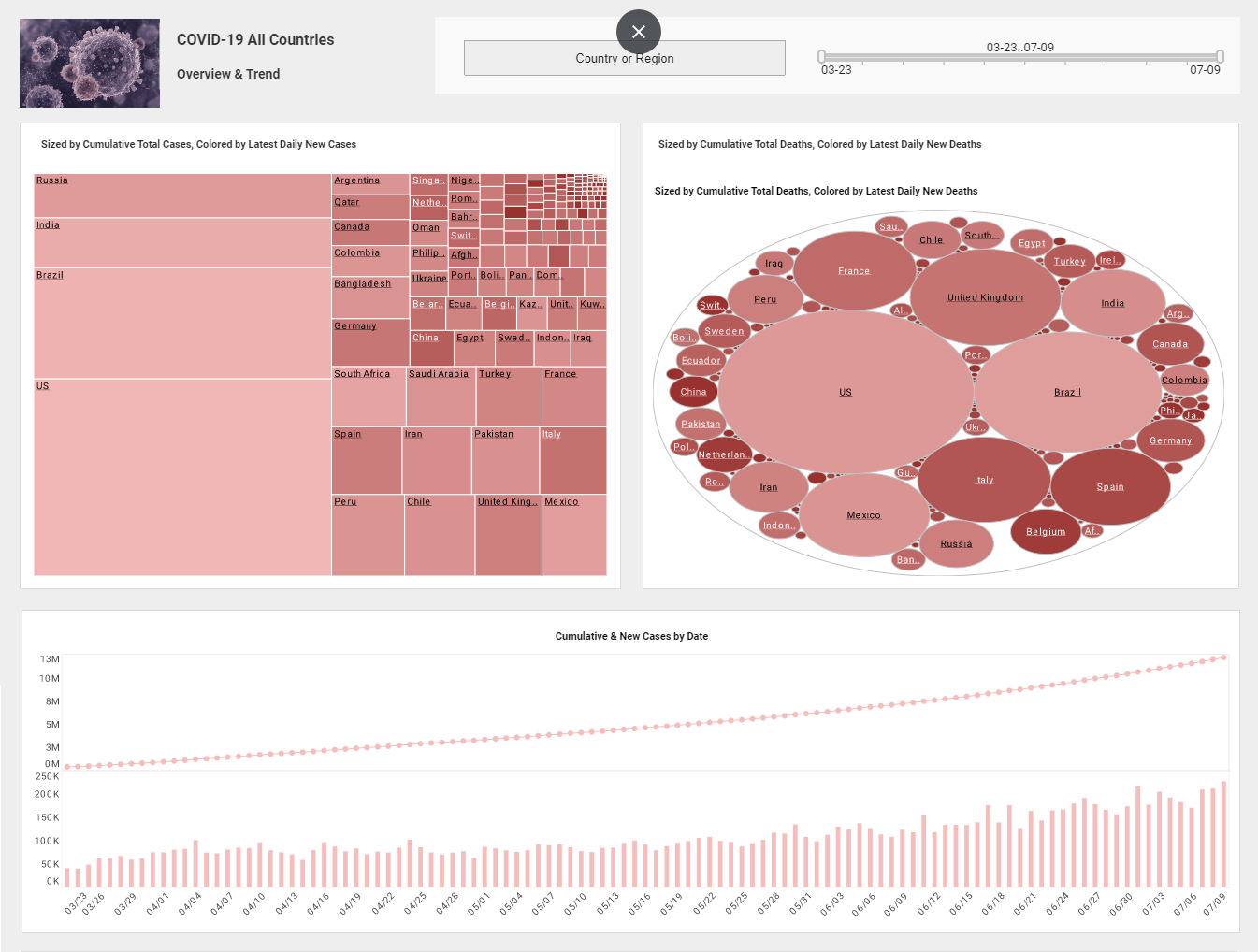The Four Types of Analysts
This is a continuation of the transcipt of a Webinar hosted by InetSoft. The speaker is Mark Flaherty, CMO at InetSoft, and he discusses the topic “Analysis and Exploration: Matching Tools and Needs”.
Mark Flaherty: All right, so let’s meet your analysts. There are four types of analysts out there, and they have labels: “Super User”, “Business Analyst”, “Analytical Modeler”, and “Business Manager.”
Super User, he is a business guy in sales, or marketing, or finance who has gravitated toward the technology, finds that he likes using Excel or the BI tools, likes building reports and rolling up his sleeves and wading into the data. And over time he has become the go-to guy for everyone in the department to build ad hoc reports or ad hoc views of information. He may not have report creation and design as part of his job description, but this is something that he had carved out a reputation doing.
Next is the “Business Analyst” who was hired to crunch data on a day-to-day basis. She probably has an MBA, probably very good Excel skills, Access skills, may know a little bit of SAS, SPSS. She probably has a title of Financial Analyst, or Marketing Analyst, or Sales and Operations Analyst, and plays a lot of different roles within the organization. She is there on-demand to meet the information needs of a department head. Now when they have a question, it's her job to get the answers, usually in a short period of time.
Then there is the “Analytical Modeler.” Probably a statistician by training, especially if she works in a large company, that may have a number of folks like her, developing sophisticated analytical models to predict response rates, to improve the list of marketing campaigns, predict the obsolescence of shop floor machines, and on and on.
Who Are These Analysts?
And then finally there is the “Business Manager.” He is an executive who understands the value of information and is not afraid to navigate the data waters to a certain degree, or he is a mid-level manager who needs information to do a good job of overseeing the processes he has been assigned to manage and optimize. So we also have to ask, “Well what do these analysts do, especially the first three, Super User, Business Analyst, and Analytical Modeler? And this represents a typical process for these analysts.
What Do the Four Types of Analysts Do?
First, they have to go collect the data, and the data that they need may be scattered across the organization in a variety of systems, stored in a variety of formats, in a variety of summary or detail levels. So they have to know a variety of different access methods – ranging from SQL to various BI tools and operational BI tools - to go get the data. They also have to know their way around these databases understand what the schema is, what various table and column definitions means.
It’s a tall task just collecting the data, so it can take a very long time. Now once they pull the data back, then they need to integrate that data so that they can start to make sense of it. So they need to find common keys to link the tables. They need to fix errors in the data, especially if they are in the finance department. They need to make sure that data is at the same level of granularity. They need to account for the different timing of different feeds they might get. They need to reformat the data and so on and so forth and typically they do this integration, this merging in Excel or Microsoft Access.
Finally, once they have got it all together, then they can analyze the data. They can drill, sort, pivot, filter, add or delete columns, summarize as necessary, correlate and model the data. And typically what happens when they are doing an analysis is that they’ll find out, they are missing one piece of data or they are realizing that ‘wouldn't it be great if we had some demographic, or psychographic, or behavioral data to add to this.’ Or perhaps the department head says what if we changed our analysis a little bit, or we have seen what you have done up to this point, but we are really interested in this other question here.
As analysts work through these steps, collaboration often becomes essential. They may need to consult with IT staff to gain access to certain databases, or coordinate with colleagues in other departments to clarify data definitions and business rules. Effective communication skills are just as important as technical expertise, ensuring that the insights generated are accurate and actionable for decision-makers.
Another challenge analysts face is maintaining data quality throughout the process. Inconsistent or incomplete data can lead to flawed analyses and misguided recommendations. Therefore, analysts must be vigilant in validating their sources, cleaning datasets, and documenting any assumptions or transformations applied. This diligence helps build trust in their findings and supports better business outcomes.
Finally, the tools and technologies available to analysts are constantly evolving. Staying current with new software, analytical techniques, and industry best practices is crucial for maximizing efficiency and delivering valuable insights. Whether leveraging advanced BI platforms, machine learning algorithms, or cloud-based data warehouses, analysts who embrace continuous learning are better equipped to drive innovation within their organizations.

